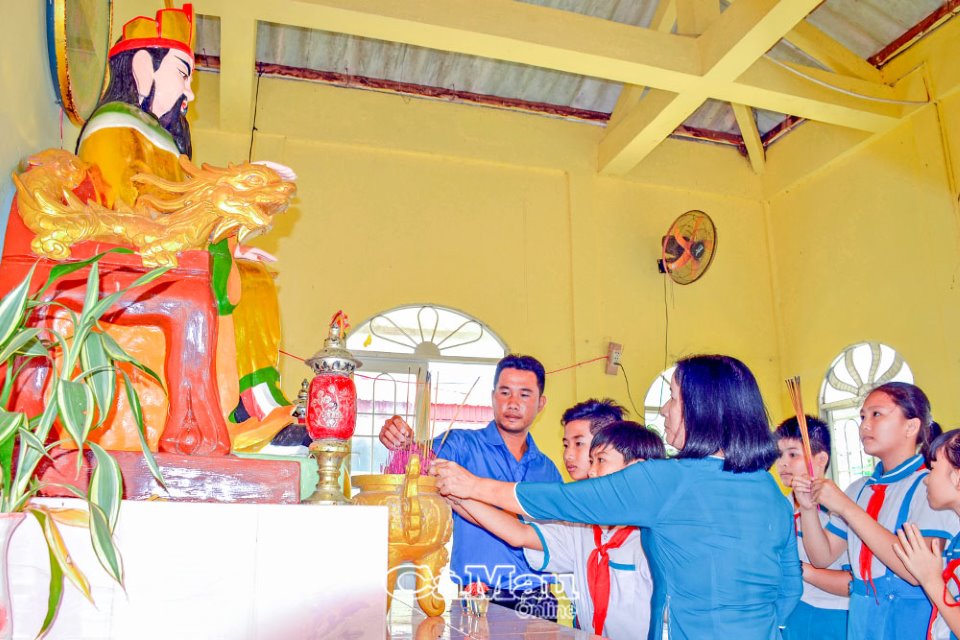 |
| Teachers and students of Tan Phu Primary School, Thoi Binh District, returned to the Hung King Temple to be more proud of their homeland and roots. |
For the veteran scientists of the University of Social Sciences and Humanities, Vietnam National University, Hanoi, the proposition “Literature - History - Philosophy are inseparable” is not strange. Also from that impression, later, although majoring in Literature, I still tried to collect historical knowledge with my own needs and the methods and thinking of the enlightened teachers. History is not simply the past, the quiet and the wise. History also exists in wild history, legendary history, in the treasure trove of folk knowledge and even in hidden corners. History is knowledge, lessons of experience, but at the highest level, history helps each person know about their origins, be proud of their origins, and from there have appropriate attitudes towards the past, present and future.
During my days studying in the North, I was fortunate to visit many famous relics. In Hanoi, there is the Imperial Citadel of Thang Long; the Giong Temple in Soc Son District; the Co Loa Citadel in Dong Anh District. But my most burning desire is to make a pilgrimage to the Hung King Temple in Phu Tho. I have a friend from Vinh Phuc , a province separated from Vinh Phu, of course Phu Tho is very close. So I did not return to my hometown for Tet, but followed my friend to the land of my ancestors. I told my friend: "My hometown in Ca Mau also has the Hung King Temple", and my friend opened his eyes in surprise. I just replied: "Where in Vietnam is there not a descendant of the Hung King, what is so strange about that?"
In Vinh - Phu land alone (Vinh Phuc and Phu Tho), there are 345 relics, and in the whole country, there are 1,417 relics related to the Hung Kings' dynasties (reliable data announced by the Department of Grassroots Culture and Information - Ministry of Culture, Sports and Tourism). These relics, in addition to worshiping the Hung Kings, also worship Kinh Duong Vuong - Lac Long Quan - Au Co, worship the wives and children of generals, marquises, generals...
On my pilgrimage to the Hung Kings Temple in Phu Tho, I was just a curious, exploratory student. However, when I arrived there, I could not help but feel indescribable emotions. The things recorded in official history, unofficial history, legends and folklore about the Hung Kings are truly immense and majestic. But perhaps, only in the Ho Chi Minh era, was the clearest sense of origin about the nation affirmed: "The Hung Kings had the merit of building the country, we, your descendants, must together protect the country". Uncle Ho summarized that feeling in a concise statement, condensing both space and time and encapsulating the soul, aspirations and aspirations of the nation.
The Hung King worship was recognized by UNESCO as an Intangible Cultural Heritage of Humanity in 2012. That honor spread to the southernmost land of the Fatherland - Ca Mau. I was lucky because when I returned to work as a reporter for Ca Mau newspaper, I had many times visited and wrote articles about the Hung King Temple, located in Giao Khau hamlet, Tan Phu commune, Thoi Binh district. Director of Ca Mau Provincial Museum Duong Minh Vinh informed: "Through reliable documents and field information, the Hung King Temple in Ca Mau was formed over 150 years ago". Then after many times returning to Giao Khau, hearing stories from the elders, I had a clearer picture of the formation process and value of the Hung King Temple in Ca Mau.
The Hung King Temple in Ca Mau was formed during the process of our ancestors "carrying swords to open up the country" to the South. Initially, this place was called Ong Vua Temple. The temple was built with local trees and leaves, with only a tablet with a couple of lines of Chinese characters. But since its construction, the temple has never stopped burning incense. From the time of the French resistance to the American resistance, the local people continued to burn incense and worship. In the chaotic war, on the 10th day of the 3rd lunar month, people still tried to cook a pot of white rice, a plate of braised fish, and a loaf of banh tet to offer to the Hung King. Later, Ong Vua Temple was renamed Hung King Temple, and solemnly worshiped. This is also one of the key relics ranked as a provincial-level Historical - Cultural Relic of Ca Mau in 2011.
Rarely is there a relic in Ca Mau that has created such a strong influence as the Hung King Temple. Every year, on the occasion of the death anniversary of the ancestors, the authorities at all levels, especially the local people, take good care of both the ceremony and the festival. People flock to visit from everywhere, increasing in number every year. "Every year, wherever we eat, wherever we do/ We bow our heads to remember the death anniversary of the ancestors" (Nguyen Khoa Diem), and not only is it an occasion to remember our roots, but everyone's consciousness is directed towards noble aspirations, praying for "national peace and people's well-being".
“The Hung Kings had the merit of building the country”, and the Ho Chi Minh era was not only about defending the country, but also about the journey of development, towards the glorious stage for Vietnam to “stand shoulder to shoulder with the world powers”. As General Secretary Nguyen Phu Trong affirmed: “Never before has our country had such a foundation, potential, position and prestige as today”. The sense of origin on the anniversary of the death of the ancestors, at the present time, has become the inspiration of the times for Vietnam to move forward.
Immortal in the minds of Vietnamese people, sharing the same origin, sharing the same moment: "No matter where you go, remember the anniversary of the ancestors on the 10th of March"...
Pham Quoc Rin
Source: https://baocamau.vn/vua-hung-tu-cam-thuc-lich-su-den-cam-hung-thoi-dai-a341.html


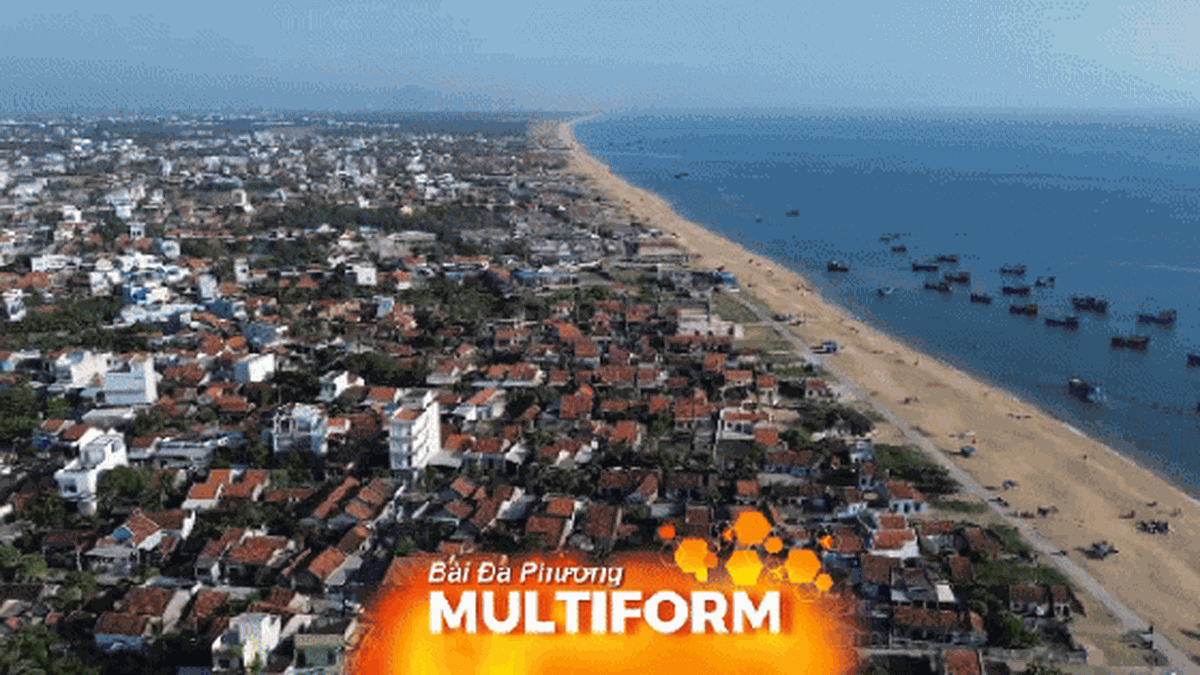
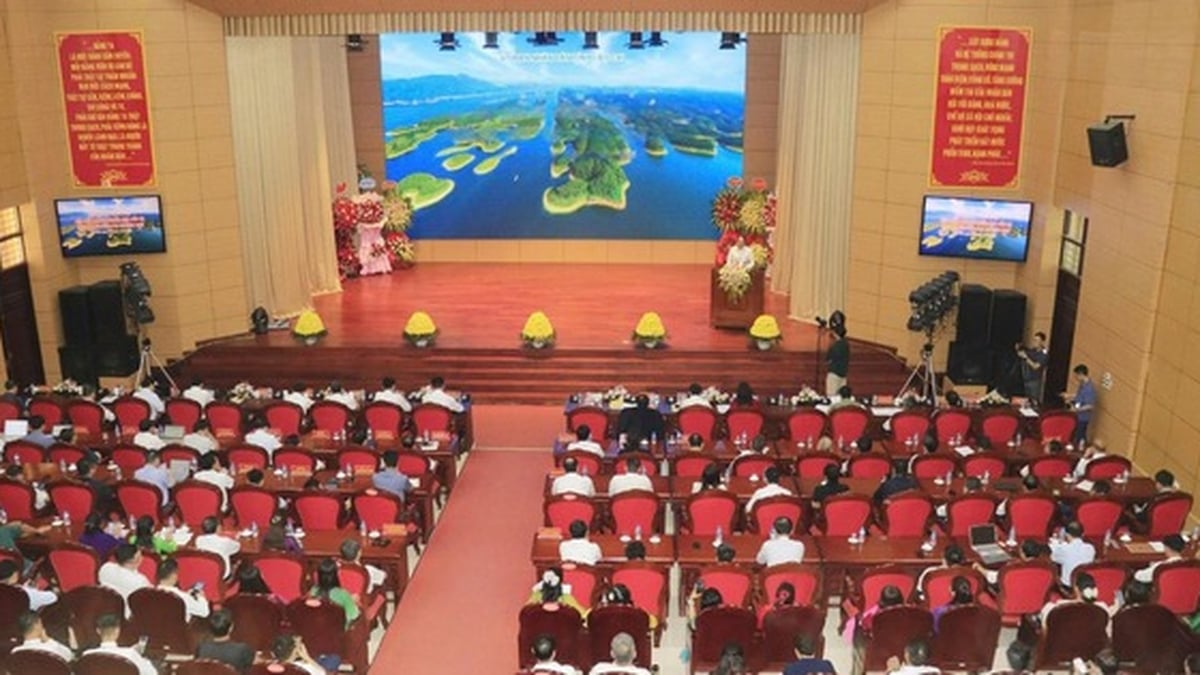
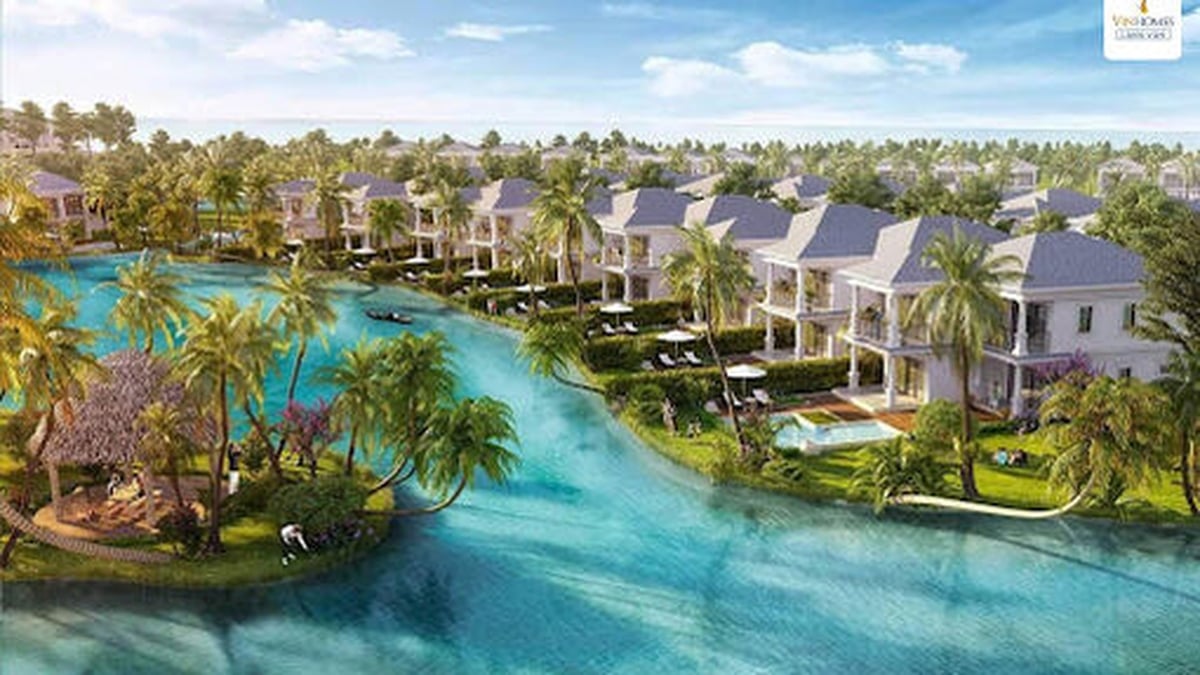
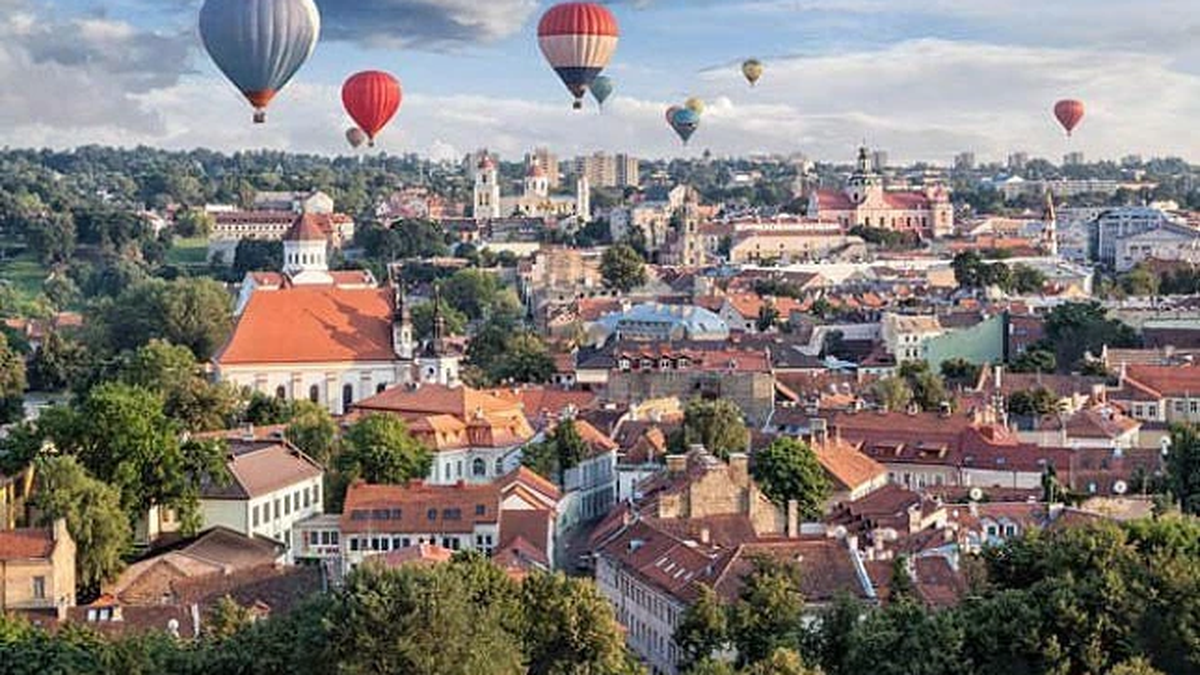
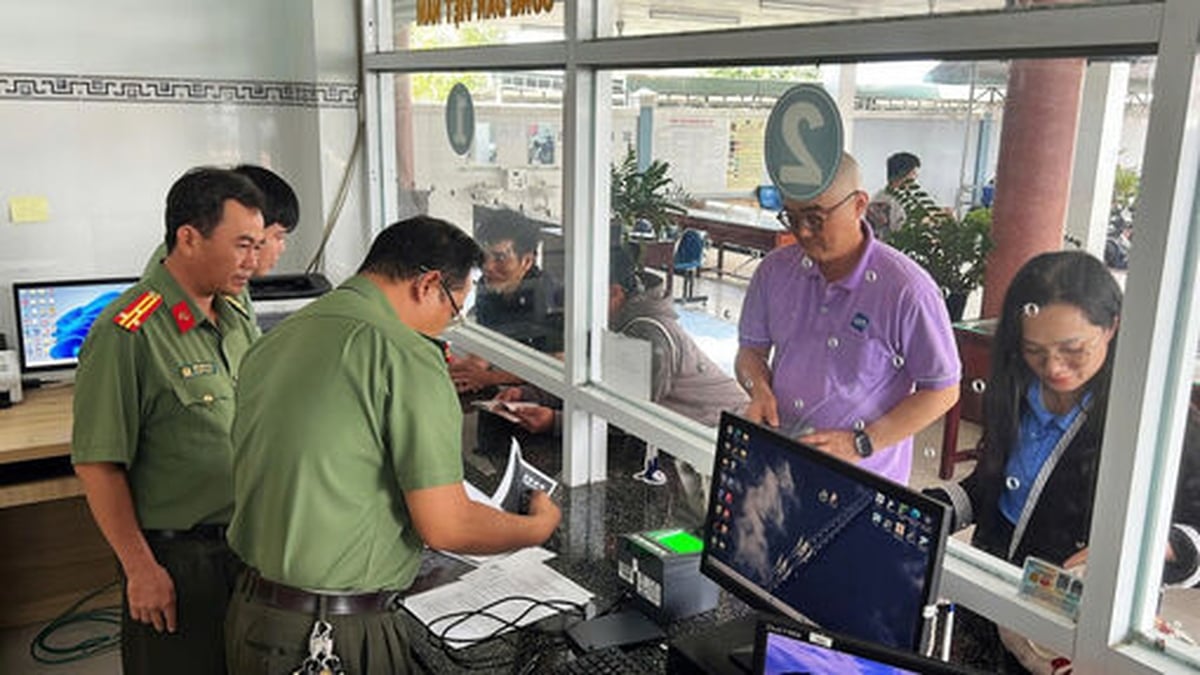
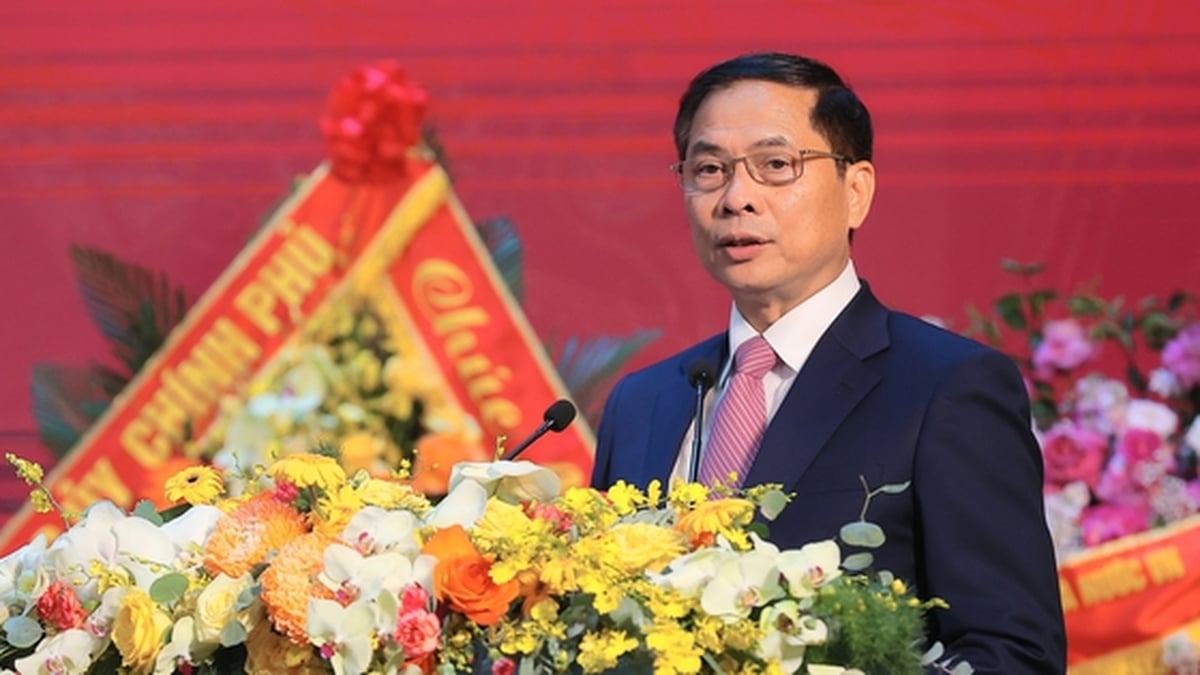
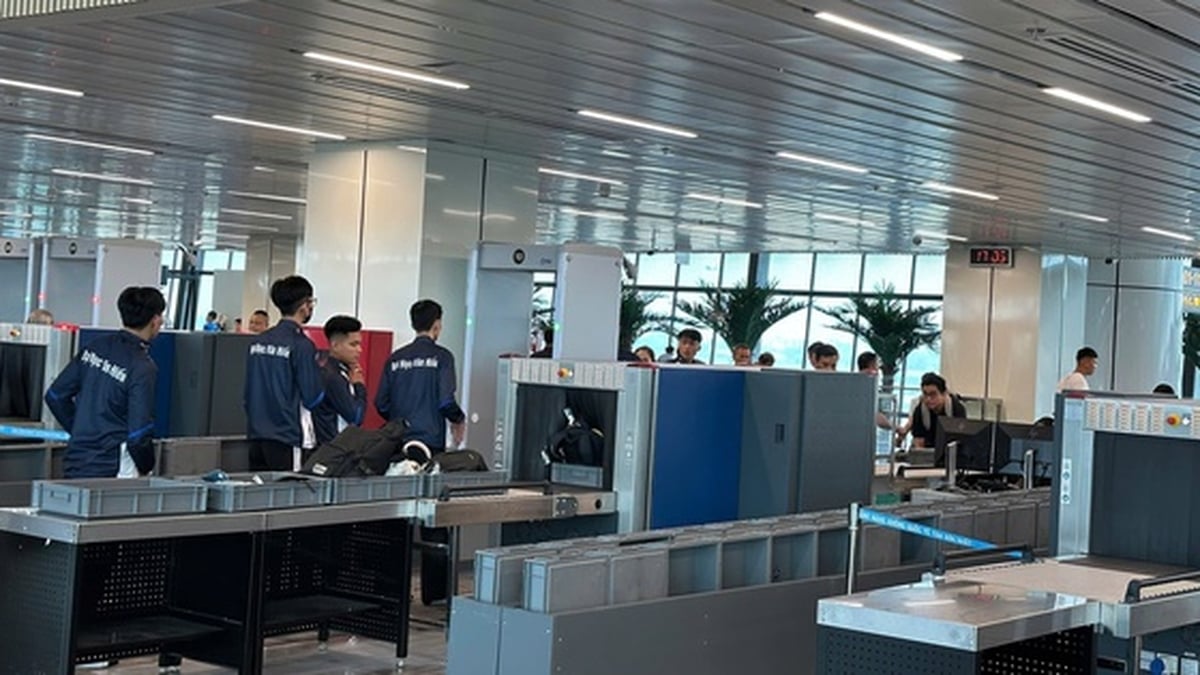
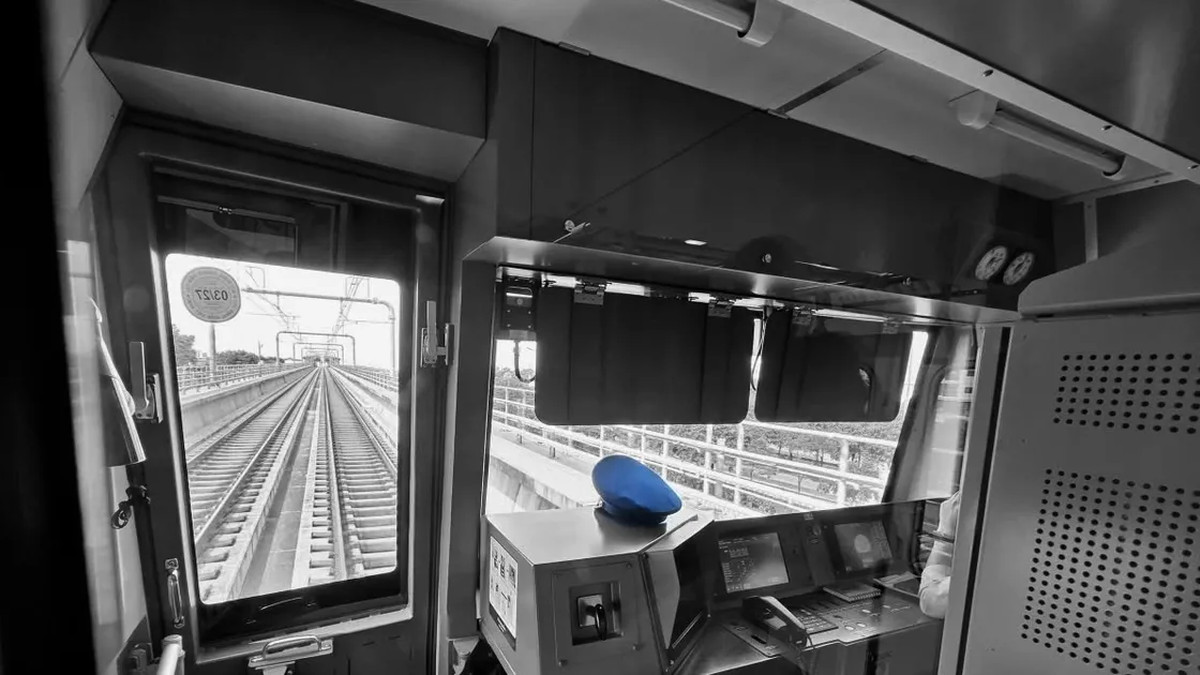
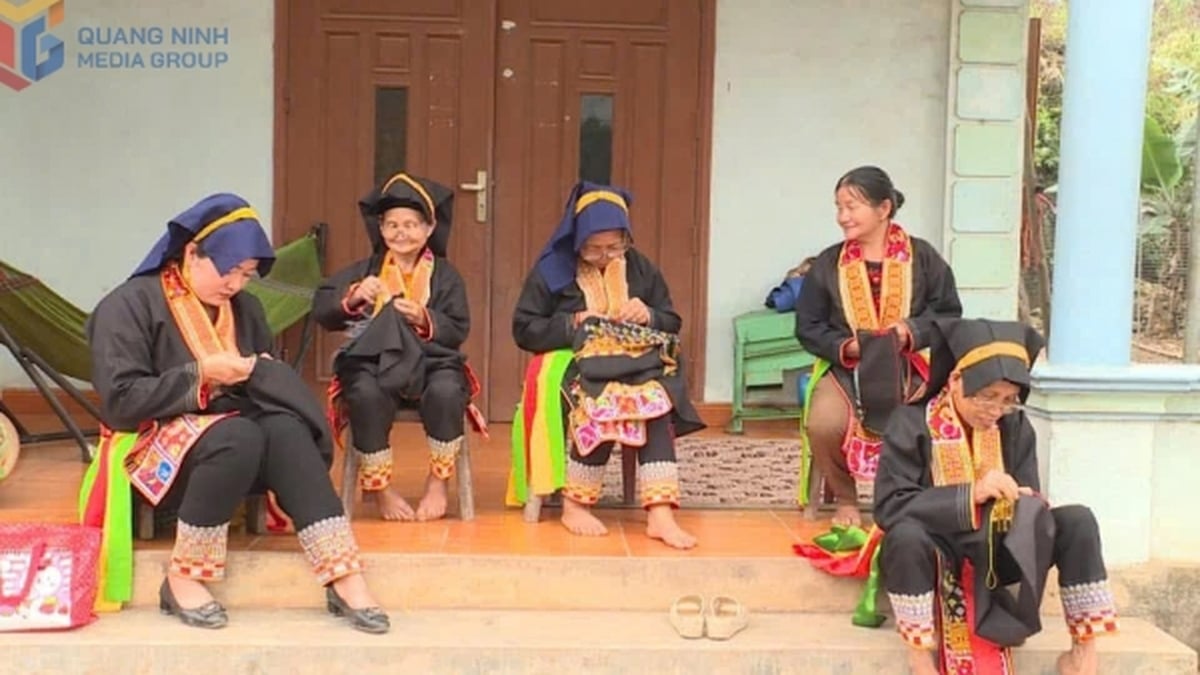
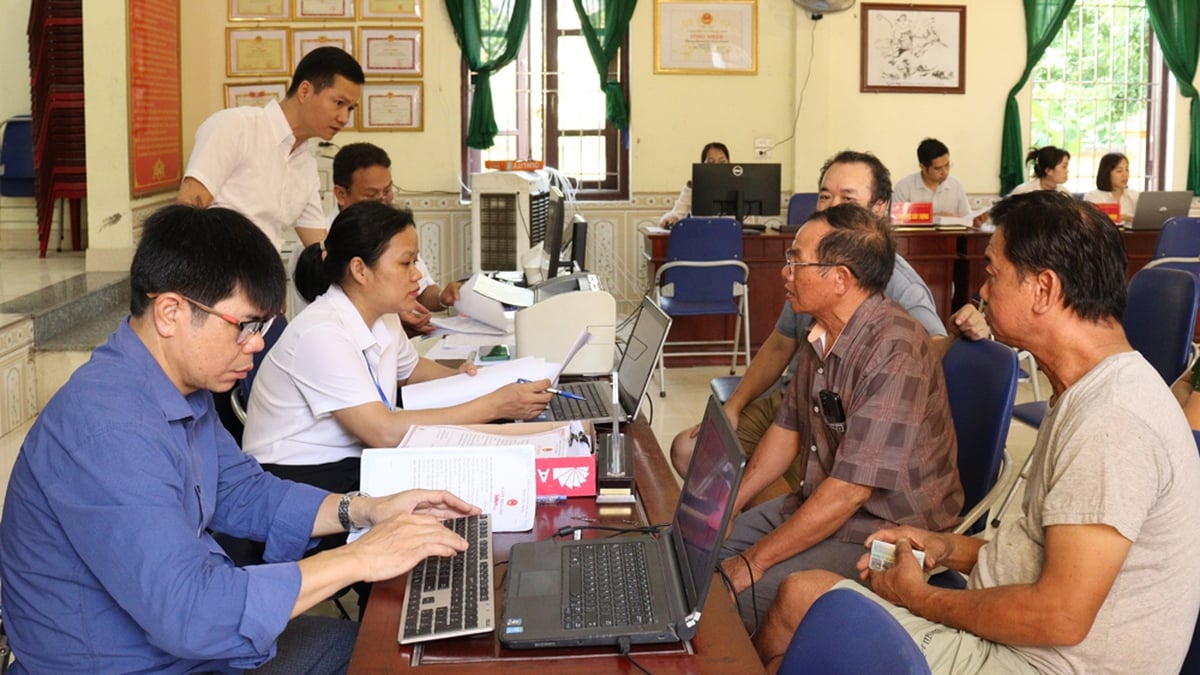



















































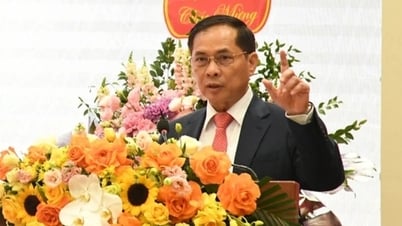





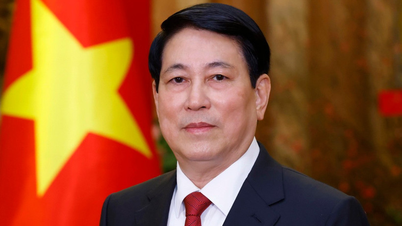
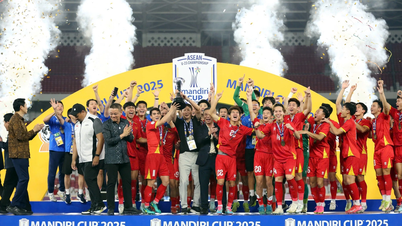
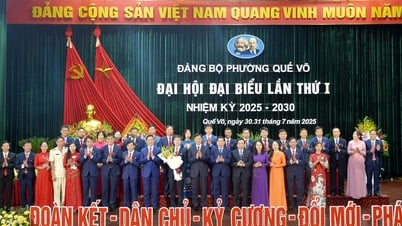

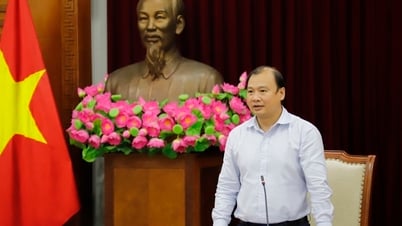

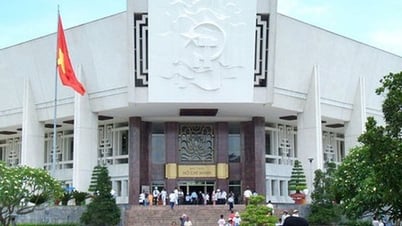



























Comment (0)